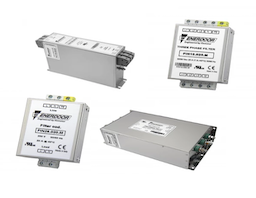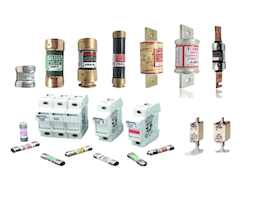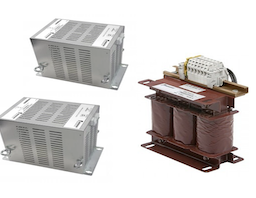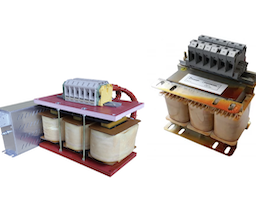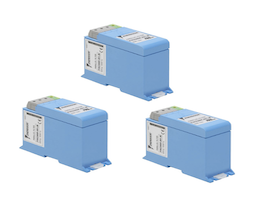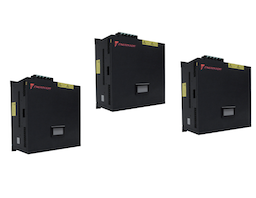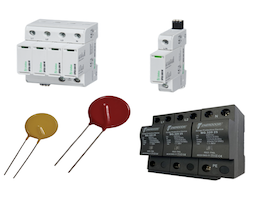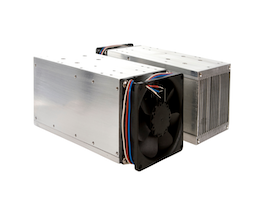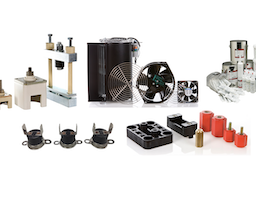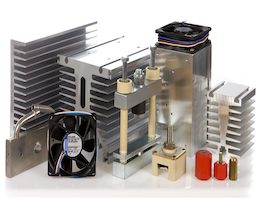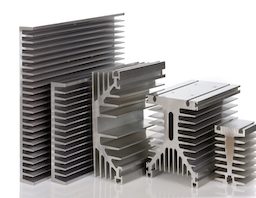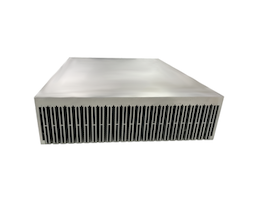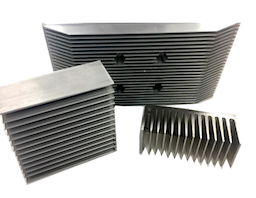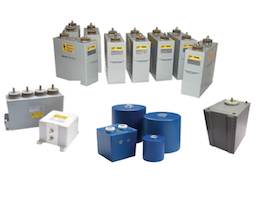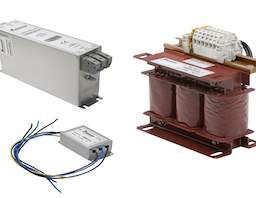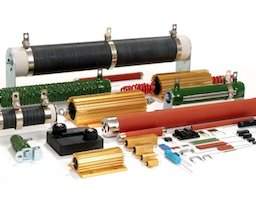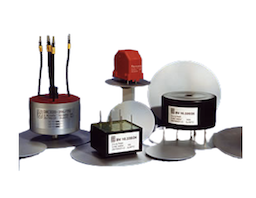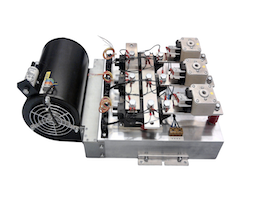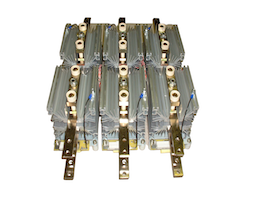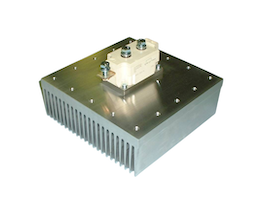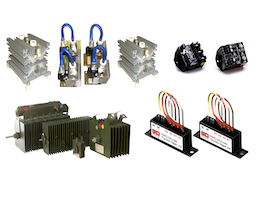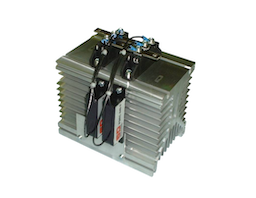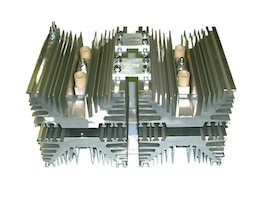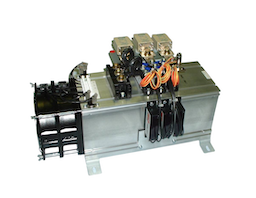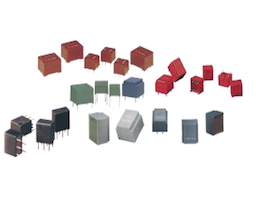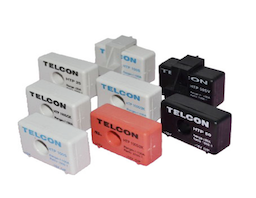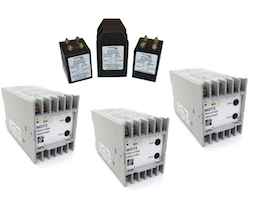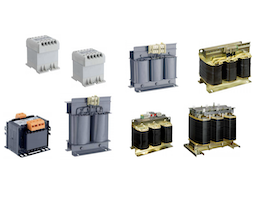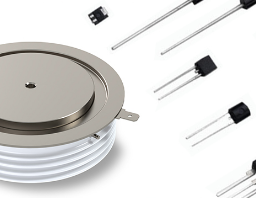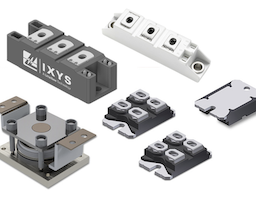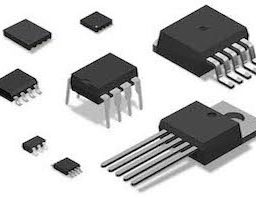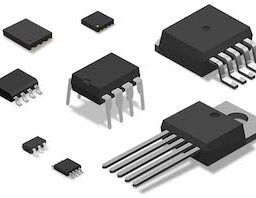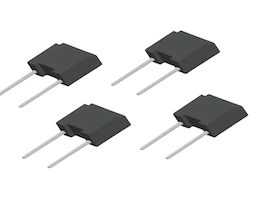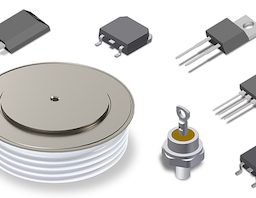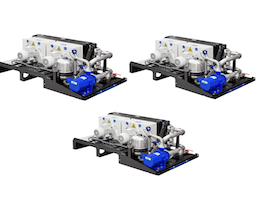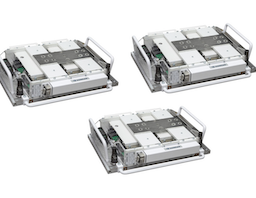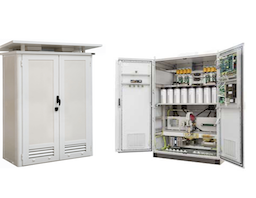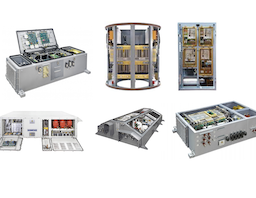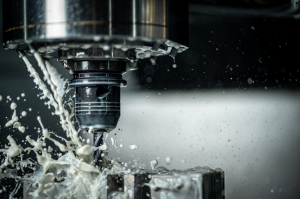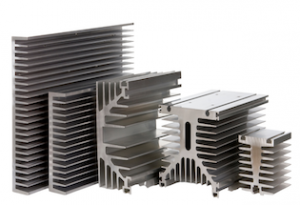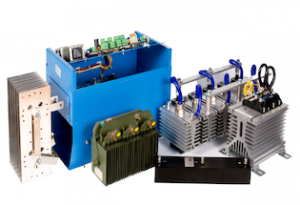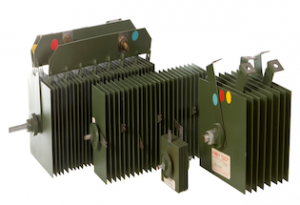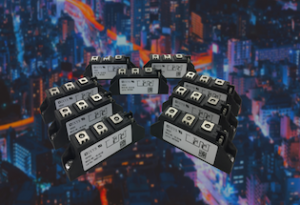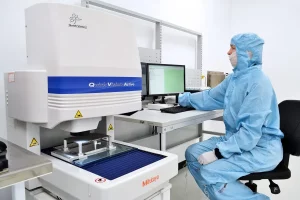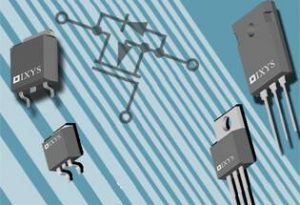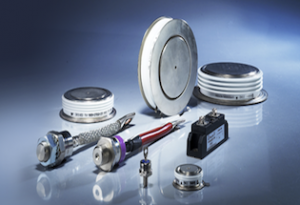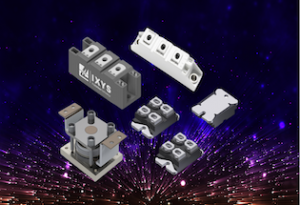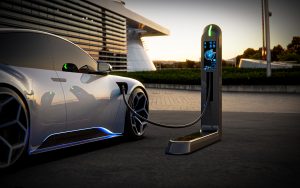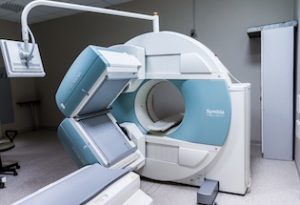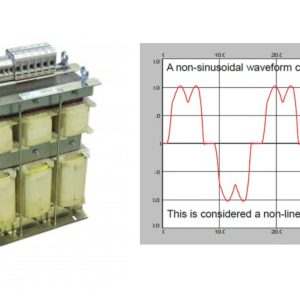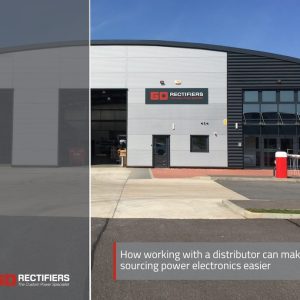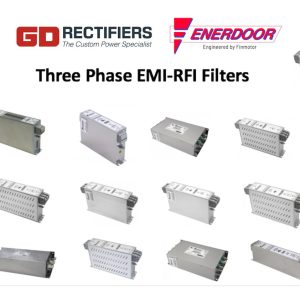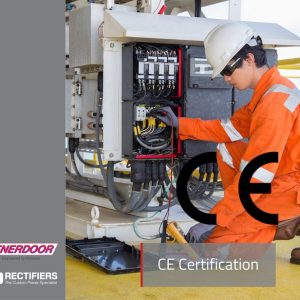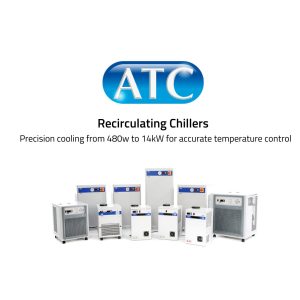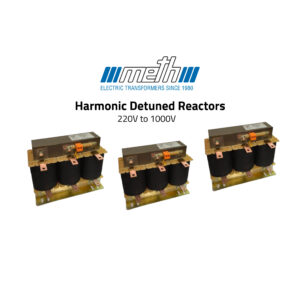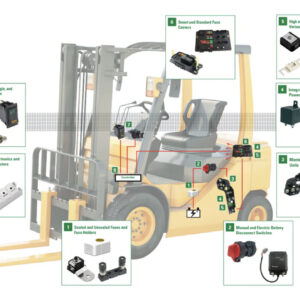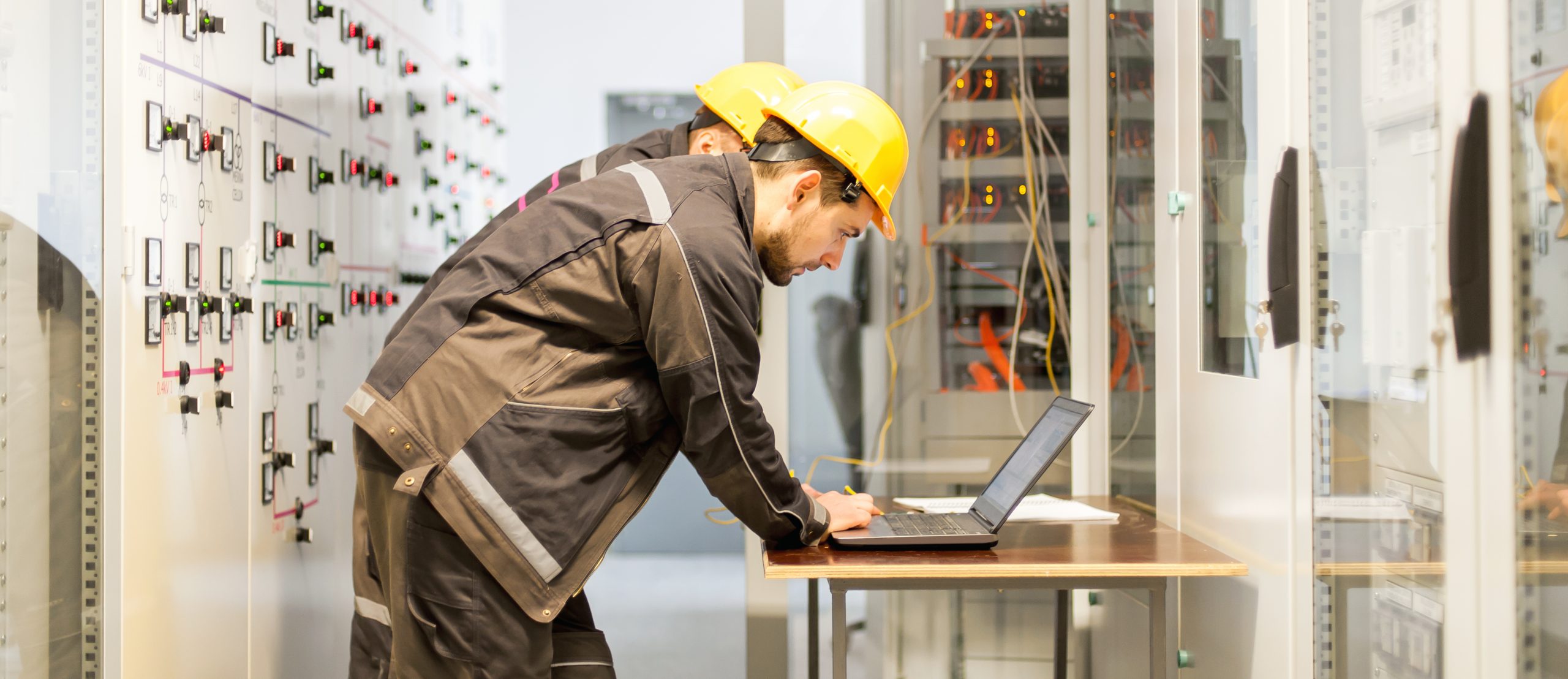16.08.2016
August 2016 – Electrolytic Capacitors – Everything you need to know
Published on: 16/08/2016
GD Rectifiers’ guide on Electrolytic Capacitors – everything you need to know.


What is an electrolytic capacitor or electrolytic capacitors?
Electrolytic capacitors are normally used when extremely large capacitance values are required and are widely used in automotive electronics. A semi-liquid electrolyte solution in the form of a jelly or paste is used as a second electrode. The dielectric insulating layer is so thin that it is possible to make capacitors with a large value of capacitance for a small physical size as the distance between the plates is very small.
The majority of electrolytic capacitors are polarised, the DC voltage applied to the capacitor terminals must be the correct polarity. An incorrect polarisation will result in the break down of the oxide layer and could cause permanent damage.
Electrolytic capacitors are generally used in DC power supply circuits due to their large capacitance’s and small size to help reduce the ripple voltage or for coupling and decoupling applications. One of the main disadvantages of electrolytic capacitors is their relatively low voltage rating.
What is a low temperature electrolytic capacitor?
Similar to a electrolytic capacitor in appearance, a low temperature electrolytic capacitor enables industrial processes and operation to be undertaken in temperatures ranging from -55°C to +105°C.
What is the working temperature of an electrolytic capacitor?
Changes in temperature around the capacitor affect the value of the capacitance because of changes in the dielectric properties. If the air or surrounding temperature becomes too hot or too cold the capacitance value of the capacitor may change so much as to affect the correct operation of the circuit.
Until now, electrolytic capacitors used for industrial specifications usually have an operation temperature from between -25°C to +85°C. A wide temperature range paired with high reliability has extended the temperature scope from -40°C to +105°C at a higher cost with boosted derating curves.
What are low temperature electrolytic capacitors used for?
Typically used in Aerospace, Compressed Gas Handling, Environment Testing, Hazardous Environment, Petrochemical, Refrigeration Systems, Research and other industrial applications.
GD Rectifiers have collaborated with API capacitors to launch an ultra low temperature electrolytic capacitor.
The launch of the low temperature electrolytic capacitor has created a more diverse range of electrolytic capacitors for companies and engineers to choose from.
For further information on the low temperature electrolytic capacitor click here.
To view all API capacitors click here or alternatively call our friendly sales team for a quote today on: 01444 243452.
Find out more about the latest GD Rectifiers product range here.
